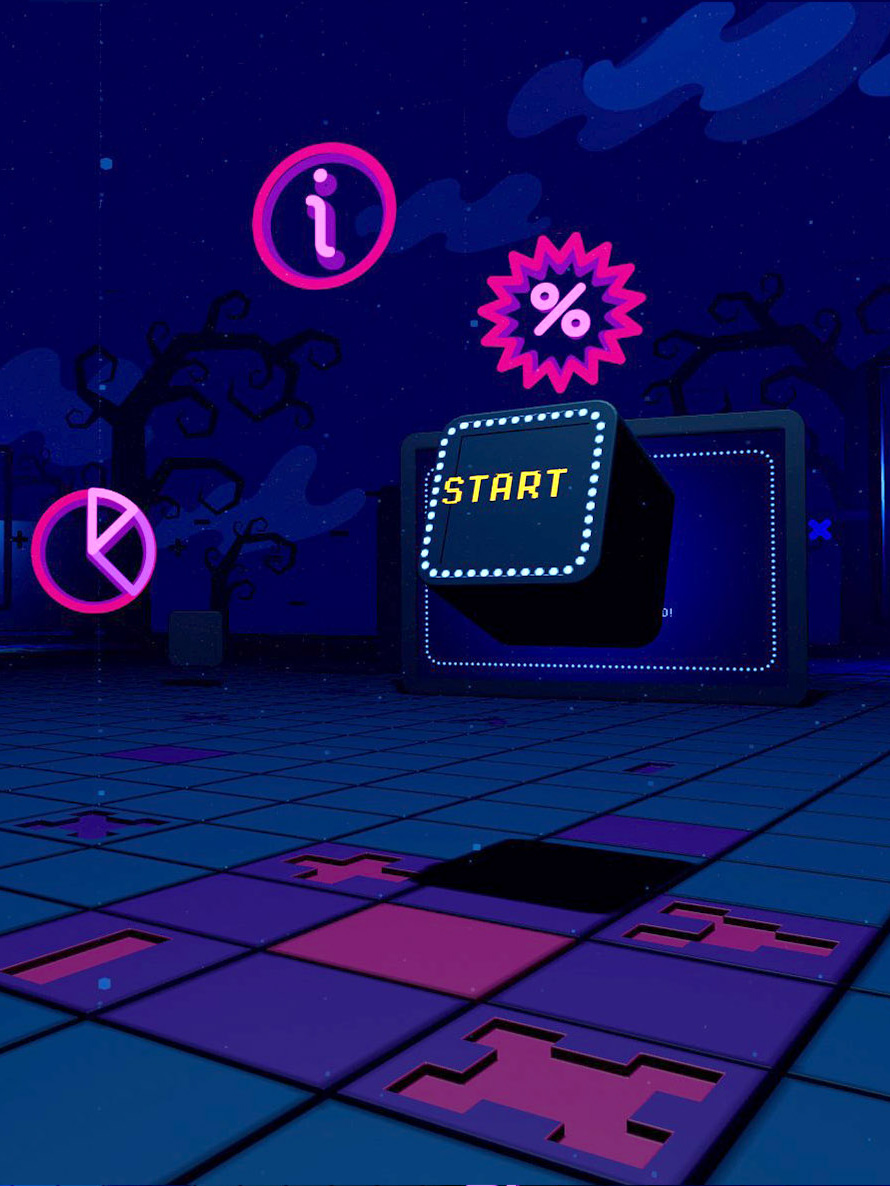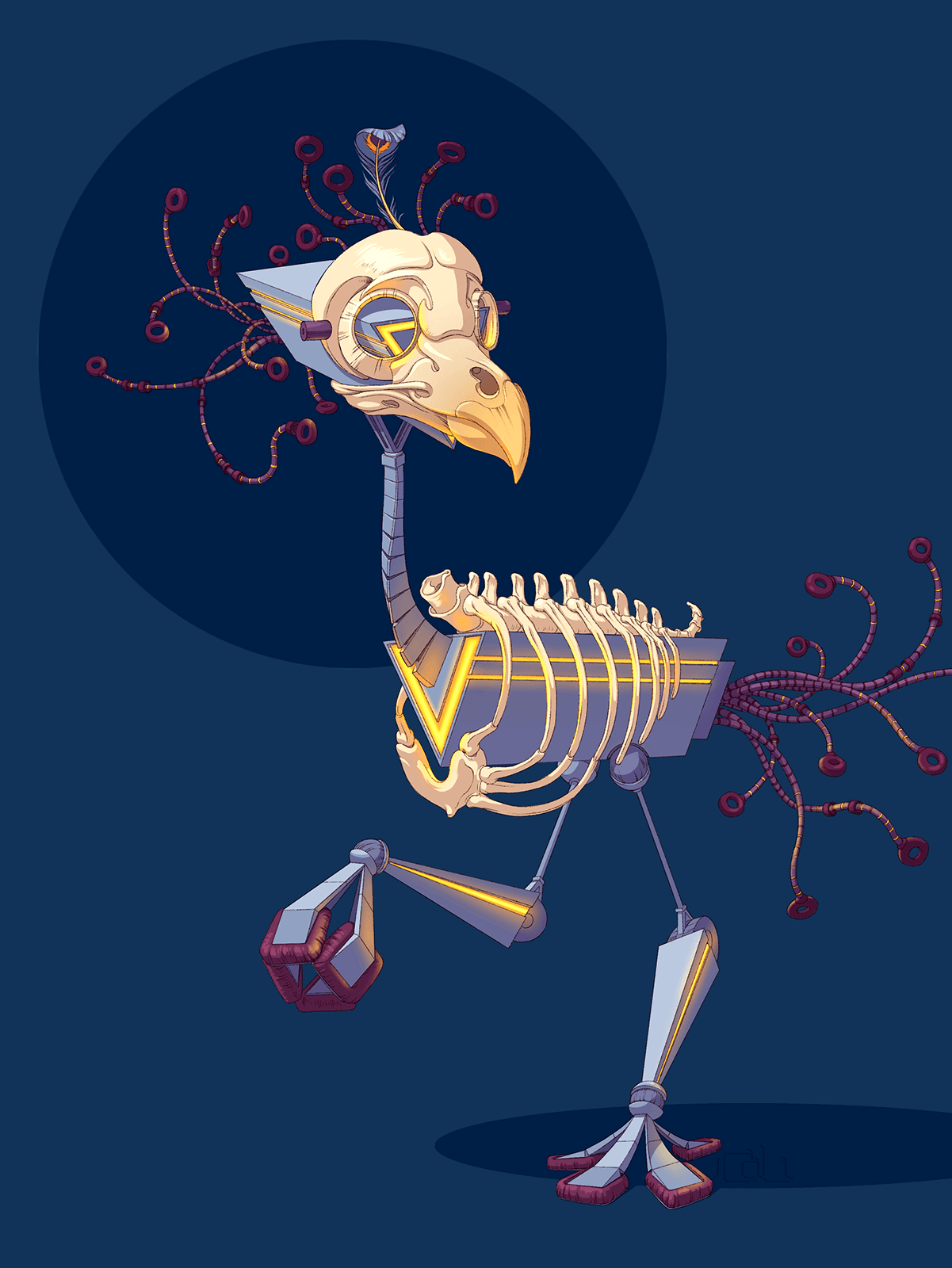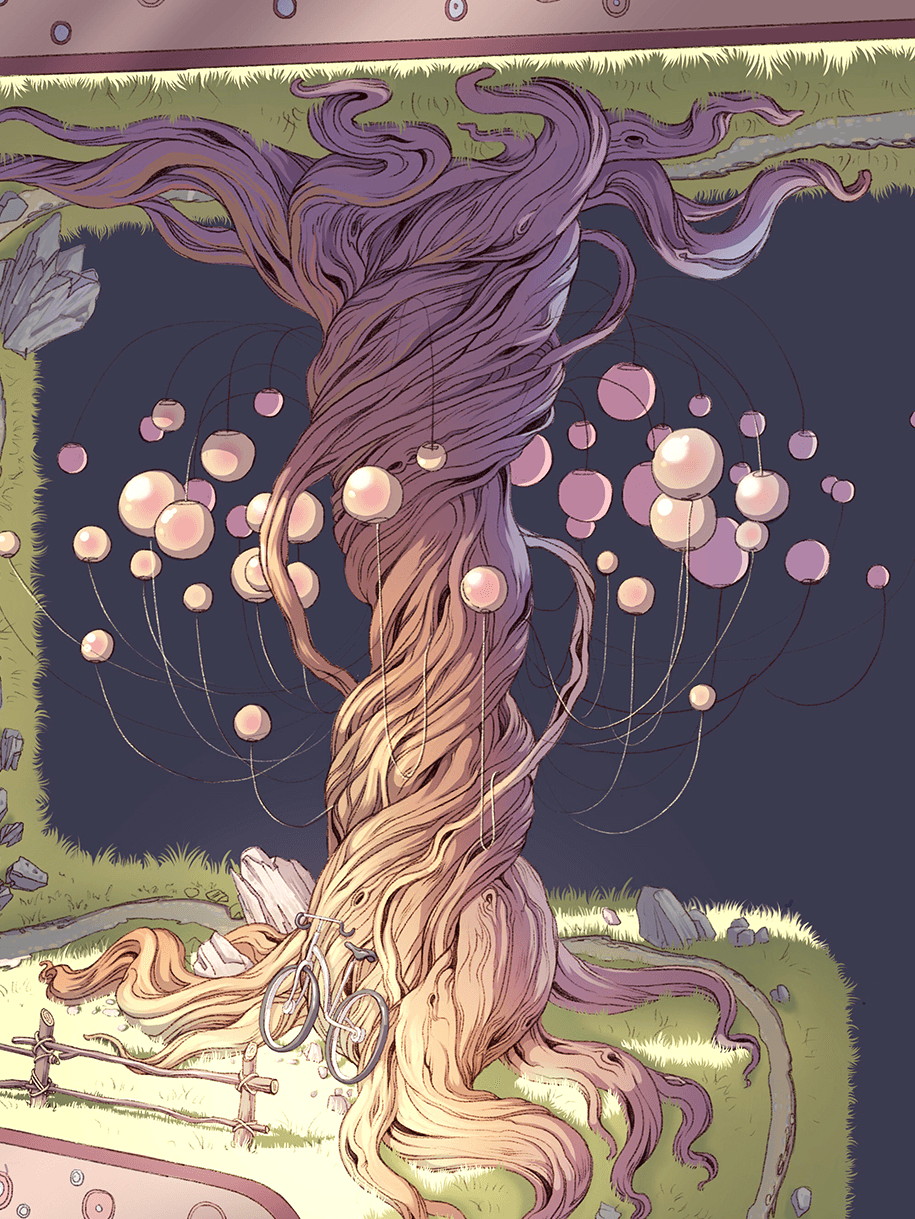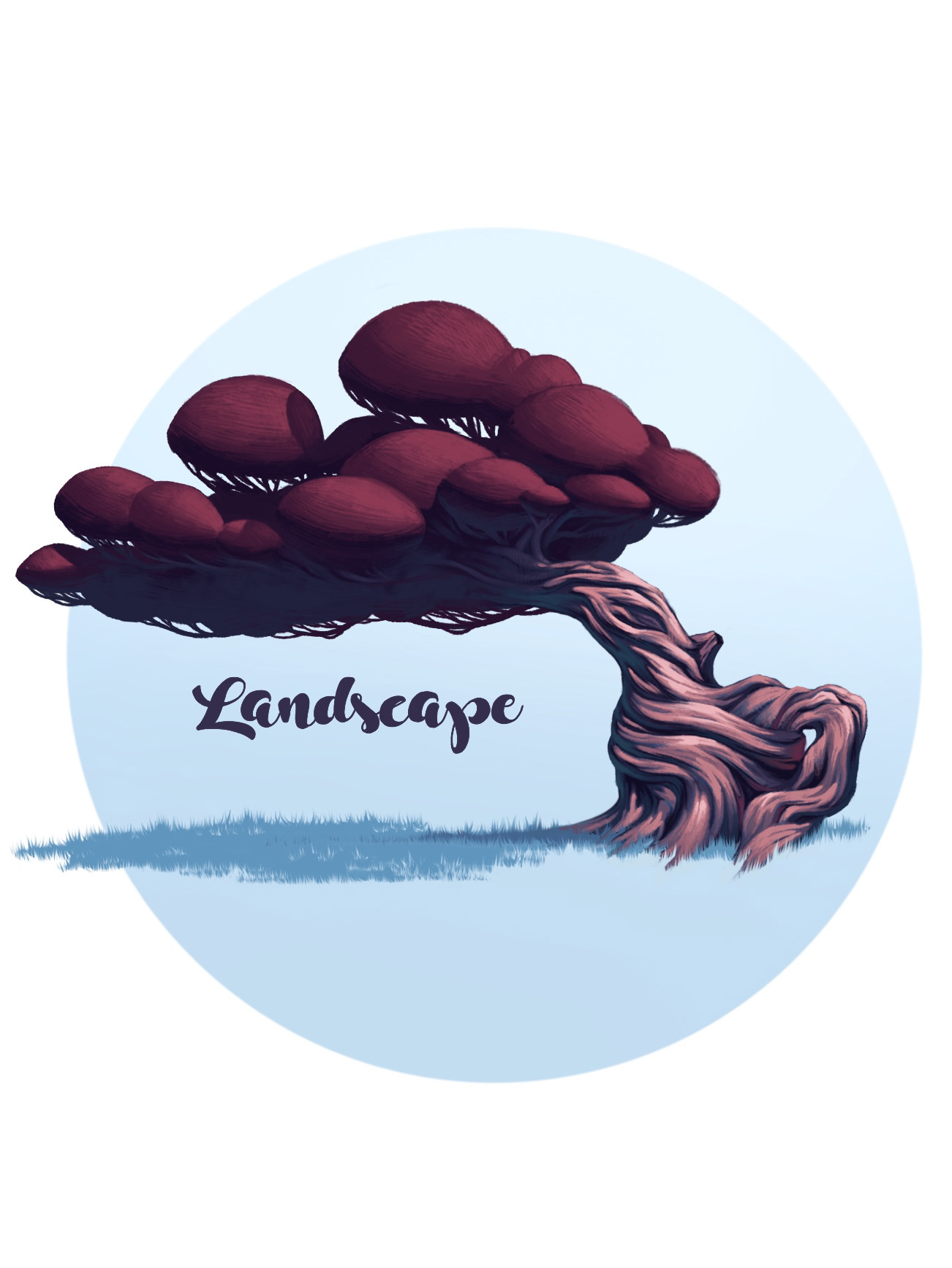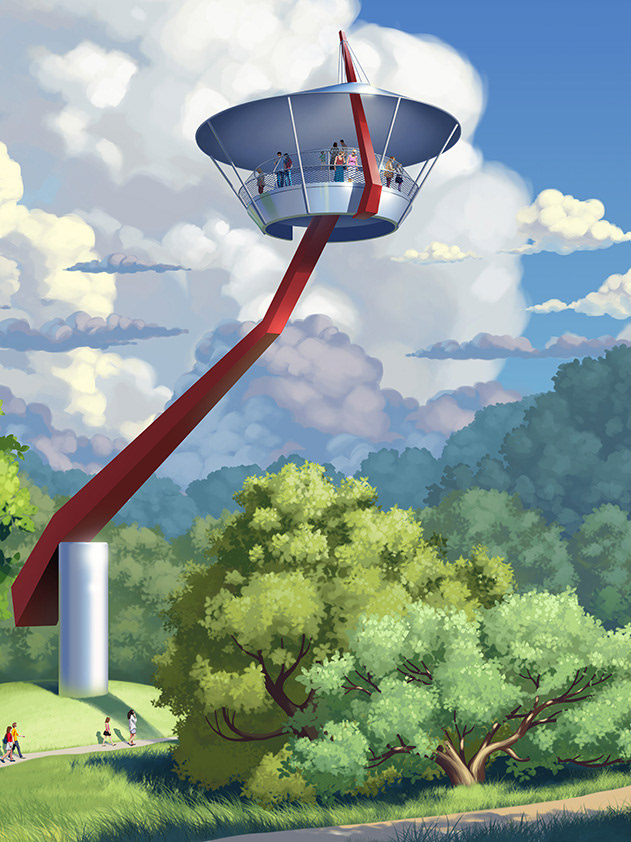A virtual reality game based on manipulation tricks used online.
This page is about the general concept of the game. To read more about the development of its visual style, please visit: GET IT IF YOU CAN - visual style.
A group of behavior manipulation tactics is used online to make us as users act against our best interests — consent to sell private information, buy more than we need, and spend excessive time online. The discussion about these tricks began in 2010. Since then, most of them have been identified, researched, and known as Dark Patterns.
Virtual Reality is a younger member of the "PC and mobile technologies" family. And this is the context in which VR has been growing and gaining popularity since 2016. So it is safe to assume that all the "family's" standard practices, such as Dark Patterns, will also spread to it. But, VR is also a space. So, imagine being in a room designed to make you behave against your best interests.
GET IT IF YOU CAN is an attempt to visualize Dark Patterns in space. The tricks, interactions, obstacles, puzzles, and visual elements in the game are based on the Dark Patterns principles. Maybe we are so used to them on the screen that we stop noticing them. So taking them out of the usual context and placing them in 3D space should allow us a fresh look.
The game lasts 5 to 15 minutes (the length depends on how experienced a player is in VR and computer games).
The game is not finished yet. My team and I created a working version of it with most of the interactive parts in place. But most of the storytelling, props, and decoration are still to be made.
The game lasts 5 to 15 minutes (the length depends on how experienced a player is in VR and computer games).
The game is not finished yet. My team and I created a working version of it with most of the interactive parts in place. But most of the storytelling, props, and decoration are still to be made.
Player's Mission
The player is an astronaut hunting for the mysterious Dust that can create life on any planet. The rumors are that it might be hidden in a safe on an abandoned space station in the middle of nowhere. The astronaut manages to find the station and get on board. Now the game begins.
TASKS:
• Come up with a concept of a VR game illustrating the principles of Dark Patterns.
• Write a scenario for the game and communicate it to the team.
• Produce assets and graphics for the game: UI, environment, textures, etc.
• Create concept art for idea visualization and communicating with the team.
• Coordinate a smooth collaboration process within the team.
• Conduct UX testings of the game.
TEAM:
To realize such a complex project as a VR game, I have formed a team of 3 IT students and a composer.
To realize such a complex project as a VR game, I have formed a team of 3 IT students and a composer.
• Andreas Haukås, Helene Solhaug, Thomas Blom Tran - magicians behind the technical aspects of the game: interaction mechanics, light, sound implementation, software optimization, etc.
• Torkel Toft - music composer and sound effects vizard.
• Alisa Rysaeva (me) - project author, designer, visual assets creator.
SOFTWARE:
• Blender (3D assets)
• Unreal Engine (game mechanics)
• Illustrator and Photoshop (concept art, visual communication, 2D assets)
• Miro (concept development and team collaboration)
• GitHub Desctop (for working simultaneously on one project)
• Trello (process organization)
• Oculus Link
• Blender (3D assets)
• Unreal Engine (game mechanics)
• Illustrator and Photoshop (concept art, visual communication, 2D assets)
• Miro (concept development and team collaboration)
• GitHub Desctop (for working simultaneously on one project)
• Trello (process organization)
• Oculus Link
Dark Patterns
DPs are manipulation tactics to create deceptive functionality and trick users into behaving against their best interests. There are five main types of such tactics:
NAGGING - persistent redirection of expected functionality.
Instagram: the app asks to turn on notifications presenting only two options (OK and Not Now), giving no way to stop the notices.
OBSTRUCTION - a major barrier to a particular task.
Apple iOS 6: the option for ad tracking is enabled by default and is hidden in an obscure location in the settings menu.
NAGGING - persistent redirection of expected functionality.
Instagram: the app asks to turn on notifications presenting only two options (OK and Not Now), giving no way to stop the notices.
OBSTRUCTION - a major barrier to a particular task.
Apple iOS 6: the option for ad tracking is enabled by default and is hidden in an obscure location in the settings menu.
SNEAKING - hidden, delayed, disguised information.
Two Dots (mobile game): an in-game purchase button is positioned in the same place where a button to start a new game normally is.
Two Dots (mobile game): an in-game purchase button is positioned in the same place where a button to start a new game normally is.
INTERFACE INTERFERENCE - prioritization of one action over another (to encourage specific behavior in users).
Spectacles website: promises a faster delivery if the user pays for the products within a certain time (shown on a count-down timer). When the timer reaches 0, it resets.
Spectacles website: promises a faster delivery if the user pays for the products within a certain time (shown on a count-down timer). When the timer reaches 0, it resets.
FORCED ACTION - instruction to do something for access.
Sales-force.com: to unsubscribe from their mailing list, the user must allow the site to sell their information to other countries.
Sales-force.com: to unsubscribe from their mailing list, the user must allow the site to sell their information to other countries.
SOURCES:
Gray, C. M., Kou, Y., Battles, B., Hoggatt, J., and Toombs, A. L. (2018). The Dark (Patterns) Side of UX Design. In: Proceedings of the 2018 CHI Conference on Human Factors in Computing Systems. 21 April 2018. Montreal QC Canada: ACM. pp.1–14. [Online]. Available at: doi:10.1145/3173574.3174108 [Accessed 13 October 2021].
Brignull, H., Marc Miquel, Jeremy Rosenberg and James Offer. (2015). Deceptive Design - Hall of Shame. [Online]. Available at: https://www.deceptive.design/hall-ofshame/all [Accessed 15 April 2022].
Brignull, H., Marc Miquel, Jeremy Rosenberg and James Offer. (2015). Deceptive Design - Hall of Shame. [Online]. Available at: https://www.deceptive.design/hall-ofshame/all [Accessed 15 April 2022].
________________________
concept development
concept development
General information about the game arena, inspired by the general online manipulation context.
Different areas of the arena with various concentrations of manipulation tricks.
The "horizontally reflected space" idea, inspired by the obstruction type of DPs.
Ideas for translating speciffic Dark Patterns into game interactions.
Final game scenario and storytelling maps.
To read more about the color palette and game's visual style, please visit: GET IT IF YOU CAN - visual style.
________________________
scenes and assets
scenes and assets

